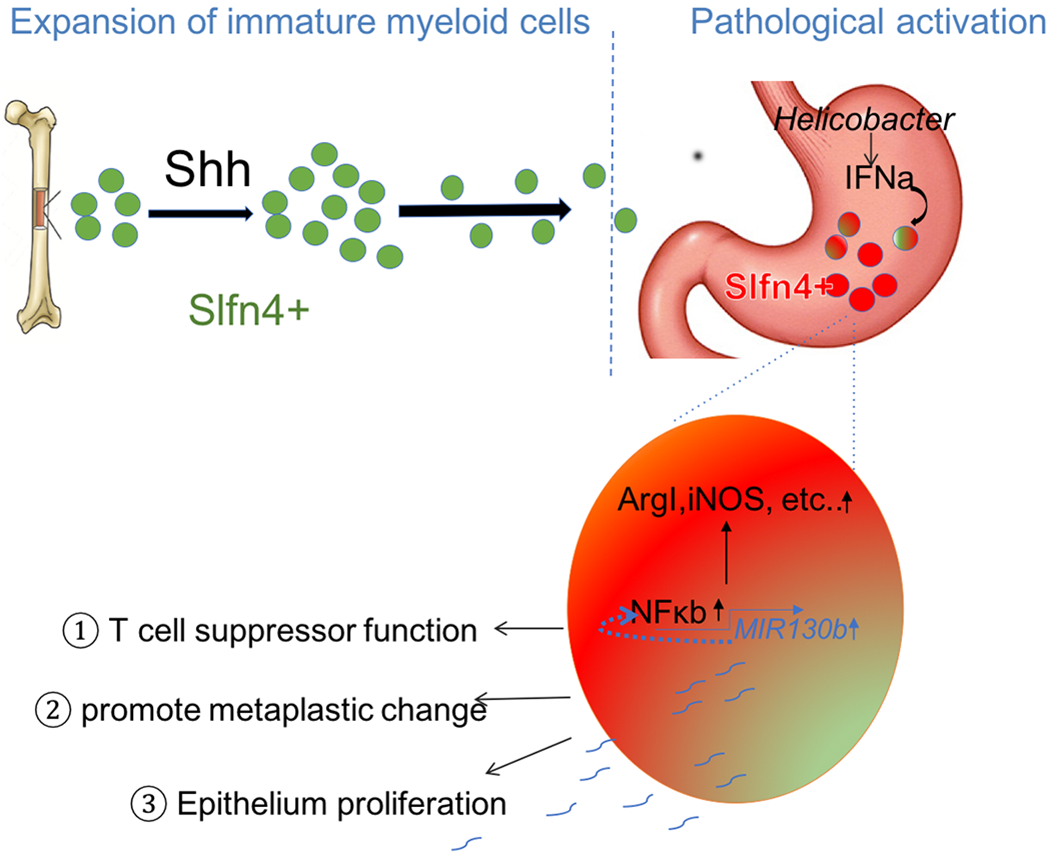Figure 6. Schematic of SLFN4+-MDSCs polarized in the stomach during Helicobacter infection.

Acute Sonic hedgehog (SHH) release by parietal cells into the circulation is sensed by BM-derived SLFN4+ myeloid cells (green), which home to the infected stomach. Eventually, the SLFN4+ myeloid cells become activated and polarized to MDSCs (red) and accumulate in response to tissue IFNα produced during chronic Helicobacter infection. There is a feedback loop between NFκb activation and MIR130b expression in SLFN+-MDSCs (enlarged red cell). MiR130b produced by SLFN+-MDSCs 1) regulate T cell suppressor function, 2) affect epithelial cell proliferation; 3) promote metaplastic changes.
